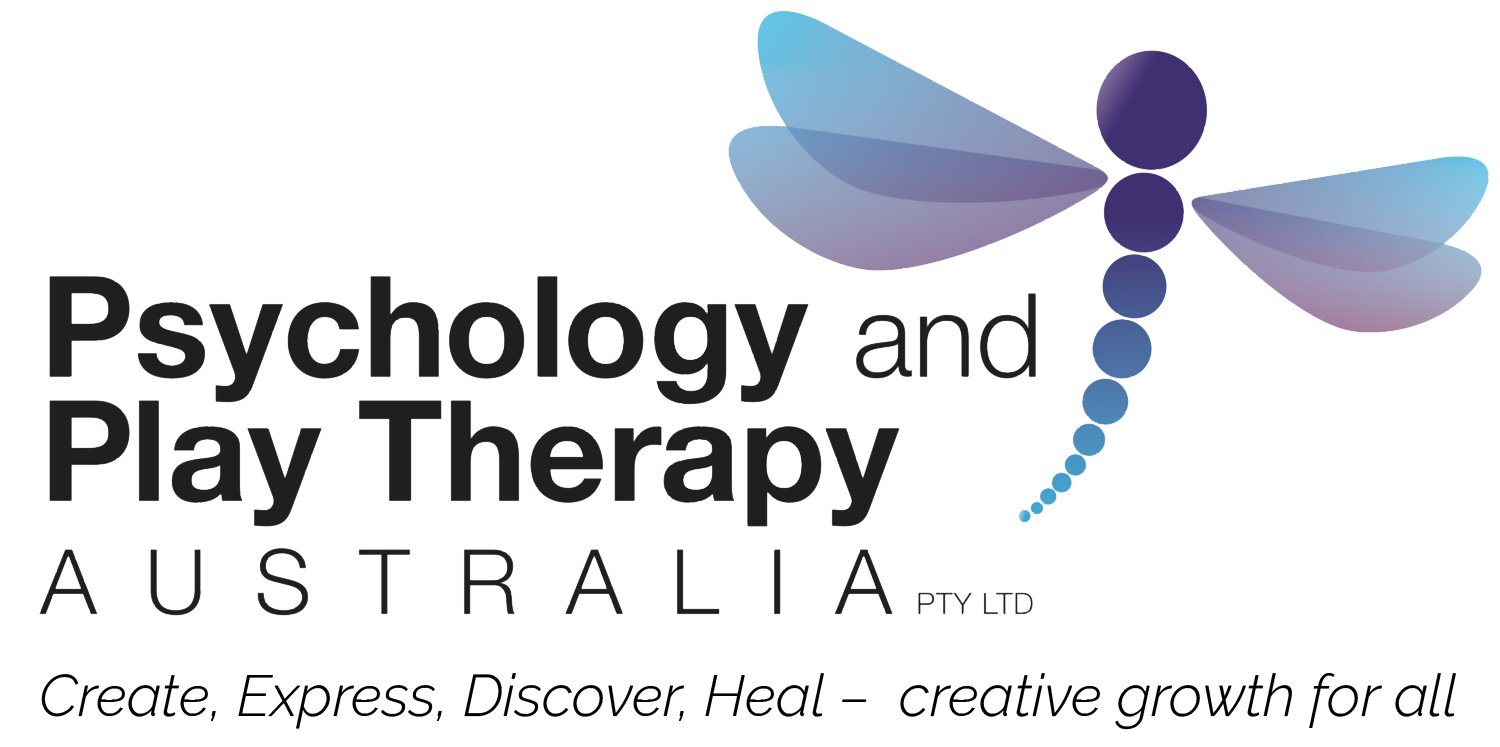Endings are a natural part of life, but for many children they are anything but simple.
In play therapy, endings hold profound meaning, often echoing a child’s past experiences of grief, trauma, separation or instability. As therapists, we have the privilege and responsibility to create endings that heal rather than perpetuate harm.
This is particularly relevant for our endings of sessions with children, whether that ending is planned or unplanned.
The topic we will explore in this blog is: how do we bring a therapeutic lens to therapy endings?
What is a Therapeutic Ending?
In this context, ‘therapeutic’ means that we're providing a particular experience that is different to what the child might have experienced before, with a particular intent to bring about a particular change.
For children who have experienced traumatic or distressing endings, the therapeutic experience we want to create for that child is one where endings can look and feel different – they don't have to have the intensity of the distress around them that they might have otherwise experienced.
We must ask: how do we create healthy endings?
Begin with the End in Mind
One of the most effective strategies in supporting therapeutic endings is introducing the concept of ending right from the beginning. This may sound counterintuitive, but it creates the ‘safe container’ of the work, including predictability - a crucial ingredient in safety.
Whether you're planning a short-term intervention or long-term therapy, naming the structure of your time together can help reduce anxiety and support the child’s internal rhythm.
For example, you might set the expectation with the child in the first session that you will be seeing each other ten times. Then, leading up to the final time, there may be conversations with the child and the caregiver about whether there will be more time or if it’s time to say goodbye.
This helps create predictability for the child right from the very beginning, which helps them to feel safe - a healthy concept for those who may have experienced chaotic or traumatic endings in the past.
Why Predictability is Therapeutic
Children who experience trauma, anxiety or grief and loss often struggle with transitions. Each ending – including the end of a therapy relationship - can activate the threat response in the nervous system. Others may experience the novelty of change as exciting or motivating, depending on past experiences and internal resources.
The key to navigating this is understanding the child’s unique history of endings. Ask questions during assessment:
Have they experienced any losses of important people or pets, changes in caregiving arrangements or housing?
Are there frequent moves or transitions in their history?
What do they understand or expect when something ends?
Knowing this helps shape how we can prepare a child for an ending, right from the very beginning of our therapeutic relationship.
Use Tools to Support the Process
Visual aids like countdown wheels and colouring tools can help children track sessions. Metaphors (like slices of pie, cake, or pizza) turn the process into something playful, but also deeply grounding, and helps them to transition through the relationship right from the beginning.
And don’t underestimate the power of term-based rhythms. Seeing children only during school terms can help instil a sense of pattern and flow - something many of our clients lack in daily life.
Remember: by preparing children for the ending of your therapeutic relationship from the beginning, you’ll allow them to feel safer and ready to move forward.
